Breeding is set to commence in the coming weeks for the majority of mid-season lambing flocks. However, it is not too late to carry out a final review of your lambing date to see if it is still the most suitable for the farm, in light of increasing concentrate costs.
In terms of production costs, the lowest-cost system is one where the lambing date matches normal grass growth and post-lambing costs are minimised, but, on the other hand, prices have been significantly higher earlier in the season in recent years.
This will no doubt be a complex decision for farmers who have pulled the lambing date forward to have a better chance of having lambs ready for slaughter before the normal seasonal reduction in farmgate prices.
It may well be the case that the planned lambing date is still the best fit, but it won’t cost anything to weigh up the situation and have a final think.
Market forecast
Trying to predict market forecasts comes with a word of caution and this is especially true in trying to determine spring market performance. Key dates in the markets calendar for 2022 are as follows:
1 April 2022: Start of Ramadan.17 April 2022: Easter Sunday.30 April 2022: End of Ramadan.9 July 2022: Start of Eid al-Adha.The ship has sailed in terms of altering breeding decisions to have lambs ready for the first three dates, but, given the experience of 2021, there is likely to be a shortfall in supplies thereafter.
Eid al-Adha continues to underpin the highest level of throughput on an annual basis and this will remain the case in 2022.
Grass supplies
The major challenge in spring is having sufficient reserves of grass to sustain ewes and lambs until grass growth matches demand. Get this wrong and lamb too early and you can end up feeding expensive concentrates for a significant period, but lamb too late and grass will be difficult to manage and performance can be hampered.
An exercise carried out by Frank Campion, Teagasc, using information from the Teagasc BETTER sheep farms shows the benefits of lambing ewes to match grass supply.
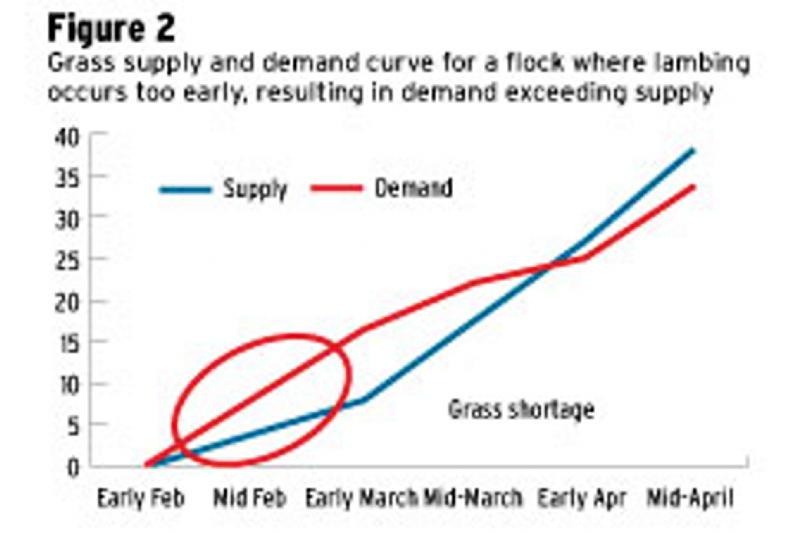
Figure 2 shows when lambing is too early and there is not sufficient grass to match the demand of lactating ewes.
This will mean that concentrate supplementation will be necessary in order to meet ewe demands and there will also be a challenge in keeping the rotation length where it is required to get back on track.
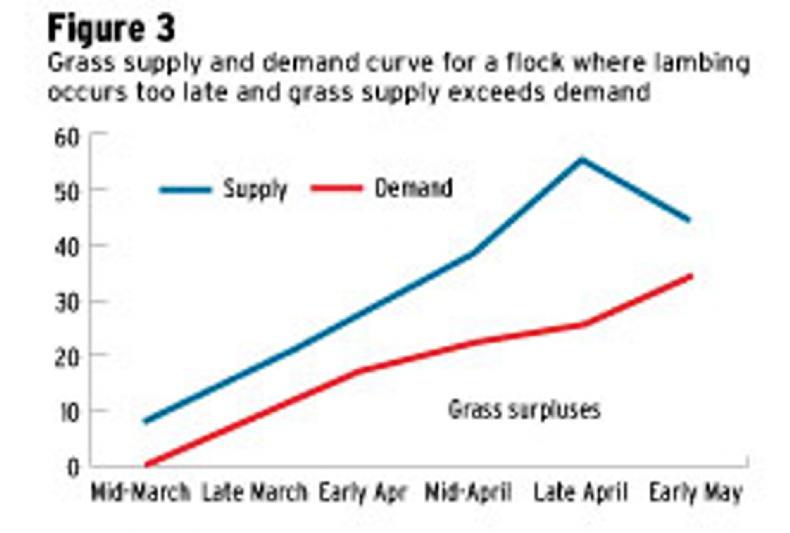
In Figure 3, lambing date is too late in comparison to the grass growth curve, meaning surpluses build up in early spring.
This can reduce grass quality, make management harder and also potentially reduce sward quality if actions are not taken.
When weighing up your decision, you should use normal grass growth rates, avoiding years with weather extremes.
Breeding is set to commence in the coming weeks for the majority of mid-season lambing flocks. However, it is not too late to carry out a final review of your lambing date to see if it is still the most suitable for the farm, in light of increasing concentrate costs.
In terms of production costs, the lowest-cost system is one where the lambing date matches normal grass growth and post-lambing costs are minimised, but, on the other hand, prices have been significantly higher earlier in the season in recent years.
This will no doubt be a complex decision for farmers who have pulled the lambing date forward to have a better chance of having lambs ready for slaughter before the normal seasonal reduction in farmgate prices.
It may well be the case that the planned lambing date is still the best fit, but it won’t cost anything to weigh up the situation and have a final think.
Market forecast
Trying to predict market forecasts comes with a word of caution and this is especially true in trying to determine spring market performance. Key dates in the markets calendar for 2022 are as follows:
1 April 2022: Start of Ramadan.17 April 2022: Easter Sunday.30 April 2022: End of Ramadan.9 July 2022: Start of Eid al-Adha.The ship has sailed in terms of altering breeding decisions to have lambs ready for the first three dates, but, given the experience of 2021, there is likely to be a shortfall in supplies thereafter.
Eid al-Adha continues to underpin the highest level of throughput on an annual basis and this will remain the case in 2022.
Grass supplies
The major challenge in spring is having sufficient reserves of grass to sustain ewes and lambs until grass growth matches demand. Get this wrong and lamb too early and you can end up feeding expensive concentrates for a significant period, but lamb too late and grass will be difficult to manage and performance can be hampered.
An exercise carried out by Frank Campion, Teagasc, using information from the Teagasc BETTER sheep farms shows the benefits of lambing ewes to match grass supply.

Figure 2 shows when lambing is too early and there is not sufficient grass to match the demand of lactating ewes.
This will mean that concentrate supplementation will be necessary in order to meet ewe demands and there will also be a challenge in keeping the rotation length where it is required to get back on track.

In Figure 3, lambing date is too late in comparison to the grass growth curve, meaning surpluses build up in early spring.
This can reduce grass quality, make management harder and also potentially reduce sward quality if actions are not taken.
When weighing up your decision, you should use normal grass growth rates, avoiding years with weather extremes.







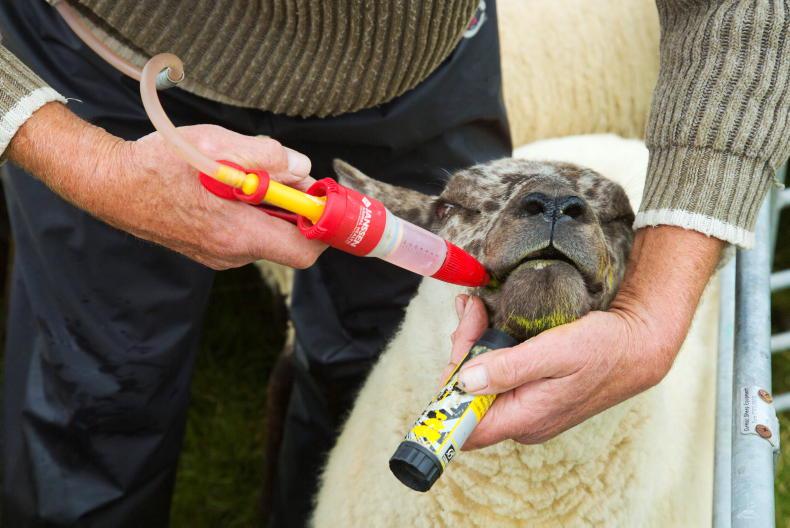

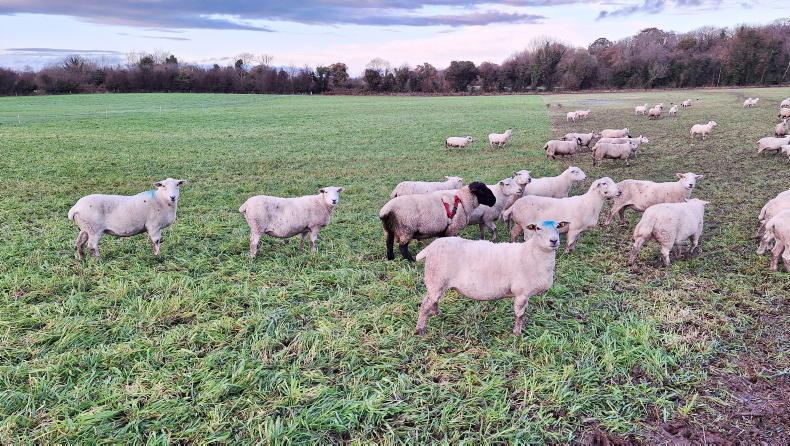
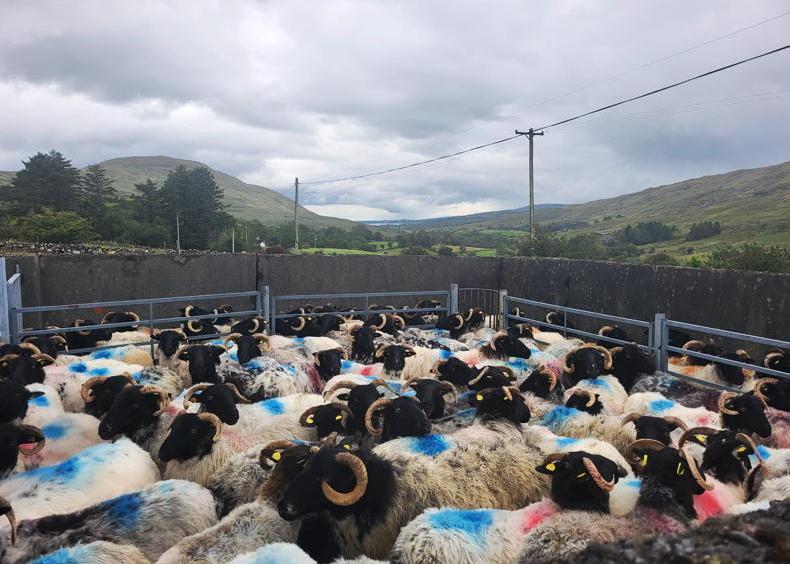
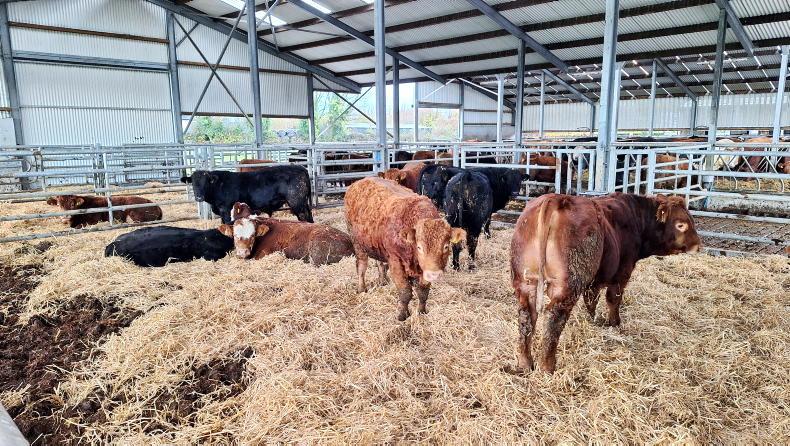
SHARING OPTIONS